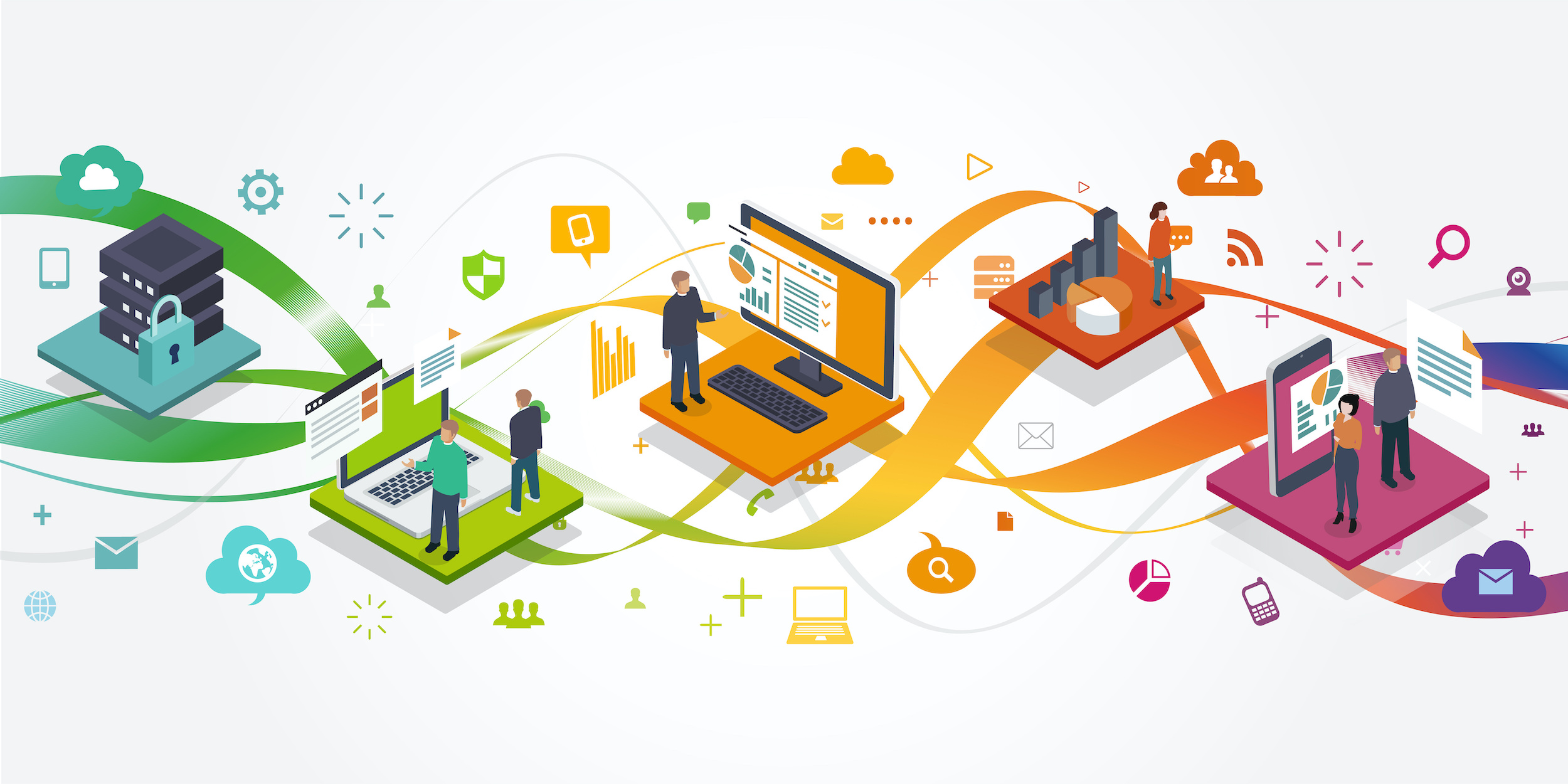How Should You Measure Experience?

When shopping for a software development or analytics partner, the depth and type of experience they have is one of the most critical factors in determining success.
Beyond technical expertise – which in itself is rarely enough to guarantee success – what should leaders and founders look for in a technology partner? A true partner in the broader sense is not just a technology partner, it is a business partner who brings additional dimensions of capabilities and perspectives that drive better planning, decisions, and execution. For this reason, it is important to consider a partner who has built products, teams, and companies by navigating the real world, with all of its inevitable surprises, challenges, and imperfections. In essence, the best technology partners are “technology business partners” who really understand the bigger picture.
How to Use Sentiment Analysis to Boost Your Business
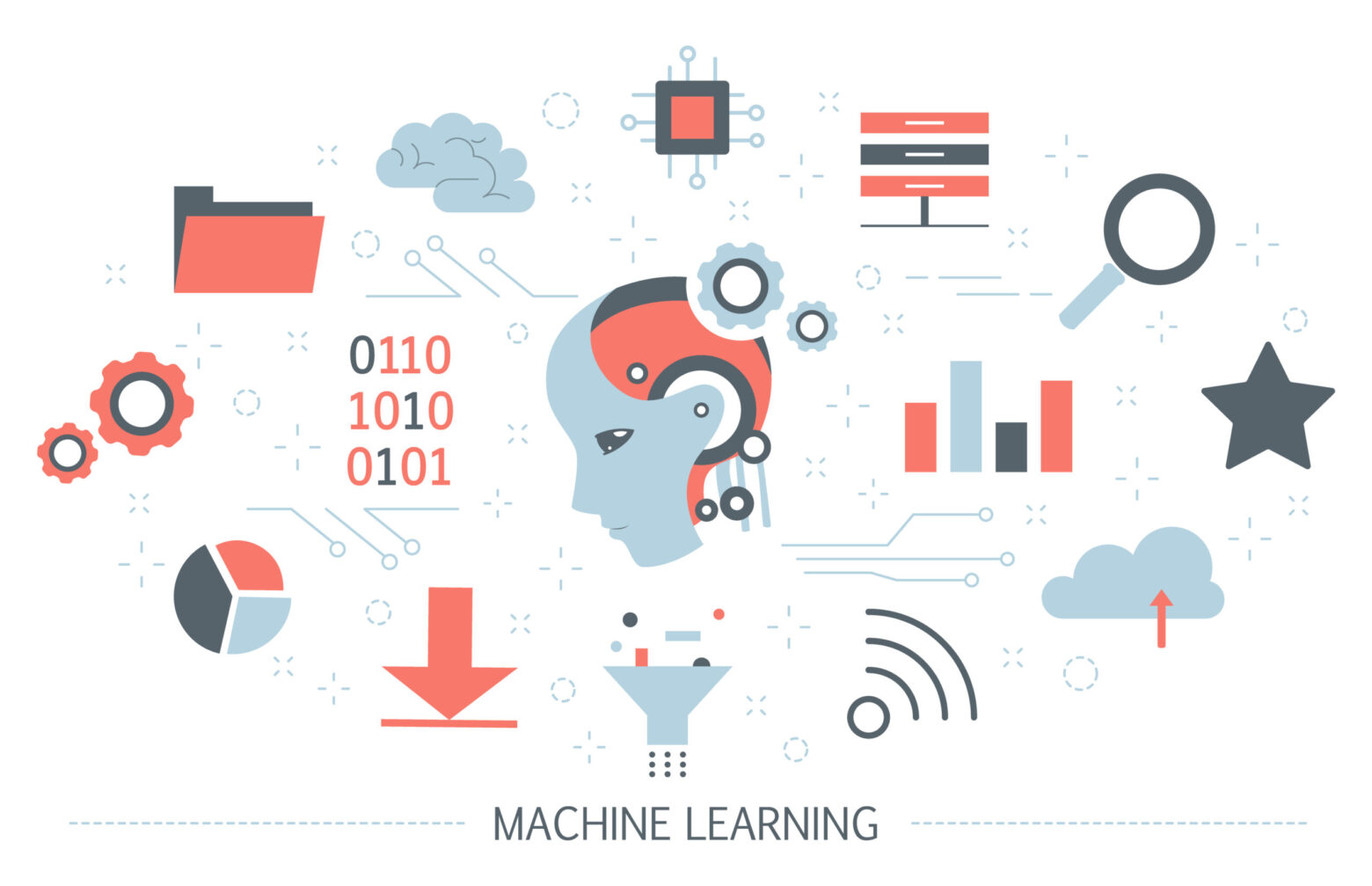
Sentiment analysis is an increasingly valuable tool that enables businesses of all sizes to use machine learning to save time and money.
Given that this is a rapidly evolving technology, we decided to shed some light on how it works in practice and if it can really make a meaningful difference in your business?
When Do You Scrap The MVP and Rewrite The Platform?

(This is the third in a series of three posts examining the startup journey from MVP to full-scale product, with real-life examples). Also read:
The Startup Guide to the MVP and Beyond When is the MVP not enough and what does that mean?
The ideal scenario in the startup journey is that the MVP or MDP stages lead to the building of a full, mature stable product. But that would be too easy, wouldn’t it?
The reality is that the process is not as linear as that and an MVP is a process that you repeat over and over again, as John Madea explains in his book “How to Speak Machine.” He reveals how companies such as Google have heightened what users expect from products. Continue reading
When is the MVP not enough and what does that mean?
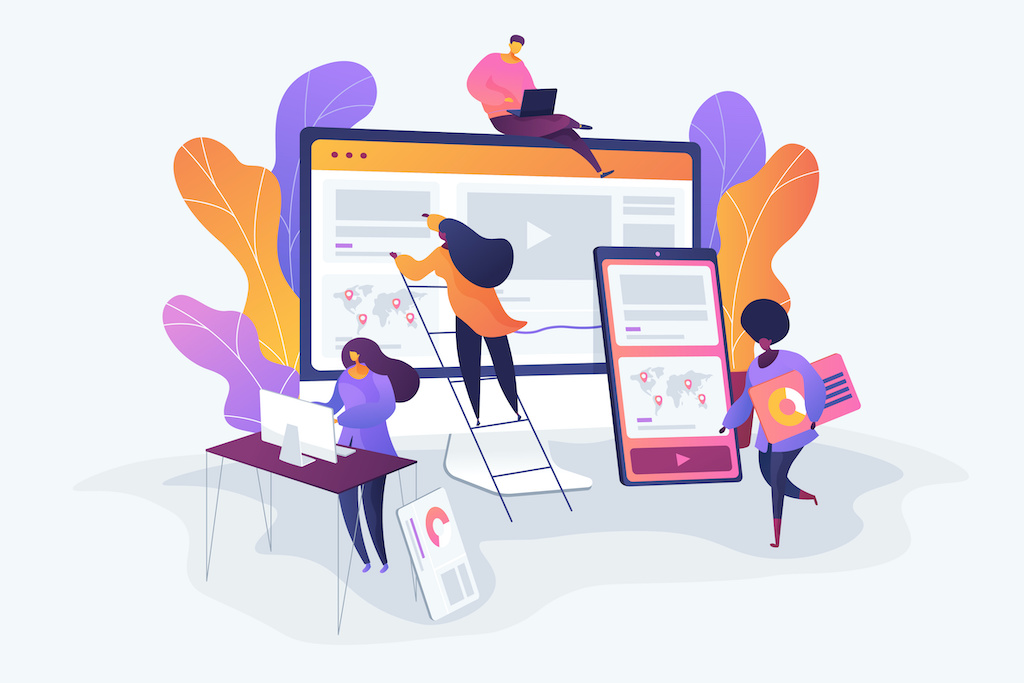
(This is the second in a series of three posts by REEA Global examining the startup journey from MVP to full-scale product, with real-life examples). Also read our first article: The Startup Guide to the MVP and Beyond.)
Since MVP became a startup must-have, the market for software products has changed dramatically. Digitally savvy customers are no longer prepared to accept poorly designed products and expect great functionality from new applications. There is a lot more pressure on startups to make a good impression the first time around.
What this means is that the focus, particularly when it comes to consumer apps and digital products, has shifted more towards UX – and tech companies have to pull out all the stops to present early adopters with a “wow factor” even in the very first versions of their products.
An MVP by definition does not include the UX element, because it is limited to the minimum viable product and as such, clearly isn’t aimed at blowing customers away. The conundrum for entrepreneurs in the tech space is that the traditional MVP approach could sometimes simply not be good enough because end-users expect a great experience right from the outset. You don’t delight customers with product development, but with a great product. Continue reading
How to Achieve Product Development Success via the MVP

(This is the first in a series of three posts examining the startup journey from MVP to full-scale product, with real-life examples).
One of the main reasons so many tech startups fail is because they neglect to check whether there is a need for their “brilliant” service or product in the first place.
As many as 42% of startups fail because they hadn’t verified that there was a market need for their product. They may spend months or even years developing a product, which turns out to be of no relevance to anyone. The only way to avoid this is by testing your product in front of real users as quickly as possible before forking out a lot of money on product development.
Many successful companies – including legendary startups such as Airbnb, Dropbox, Facebook and Amazon – have avoided this pitfall by adopting what is known as the Minimum Viable Product (MVP) approach.
The lean startup methodology has become a powerful, if not pivotal, concept for product development, particularly in the IT world.
Why Data Science is Not Just Glorified Data Analytics
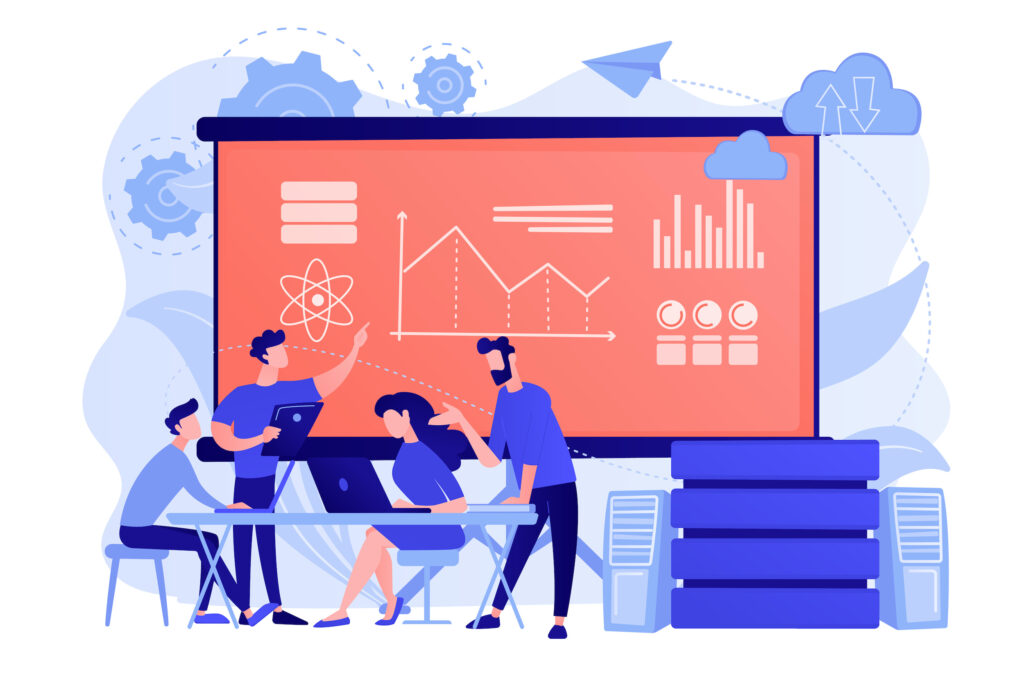
Big data and how businesses can learn from it is one of the key elements of business intelligence and has led to an explosion in the need for the right skills to help enterprises comb through large datasets and identify actionable insights.
In this context, terms such as data analytics and data science are often used interchangeably, leaving companies uncertain as to which functions and tools they need to get the best results from their data. For example, data science is often dismissed as glorified data analytics, which can’t be further from the truth. You’ll also find many articles entitled “data science vs data analytics”, which don’t make sense as the one can’t replace the other, and neither one is more important. It is essential to understand that although the two fields are very much interconnected and there is definitely some overlap, they are unique and each approach brings a very different value to your business.
Enterprise Data Warehouses EDW: The Future of Business Intelligence

By now, there can be little doubt that all enterprises can benefit from data-driven insights to allow owners and managers to unlock the organization’s full potential.
These days a company’s data is one of its key resources and the insights derived from data, also known as business intelligence or BI, lead to a better understanding of customers, improved competitiveness, and the ability to better navigate market and industry fluctuations.
Business intelligence, BI data, or business analytics can be defined as a process for analyzing data to discover insights that help business leaders make better decisions. One of the top five business intelligence trends of 2021, highlighted in a survey of over 2000 professionals, identified the need for organizations to manage their own data and to make good use of it as a top priority. What’s evident from this survey is that organizations nowadays want to go beyond the collection of as much data as possible, to actually using the data at their disposal intelligently to boost business. Continue reading
3 Ways your Business Can Get Ready for Digital Transformation
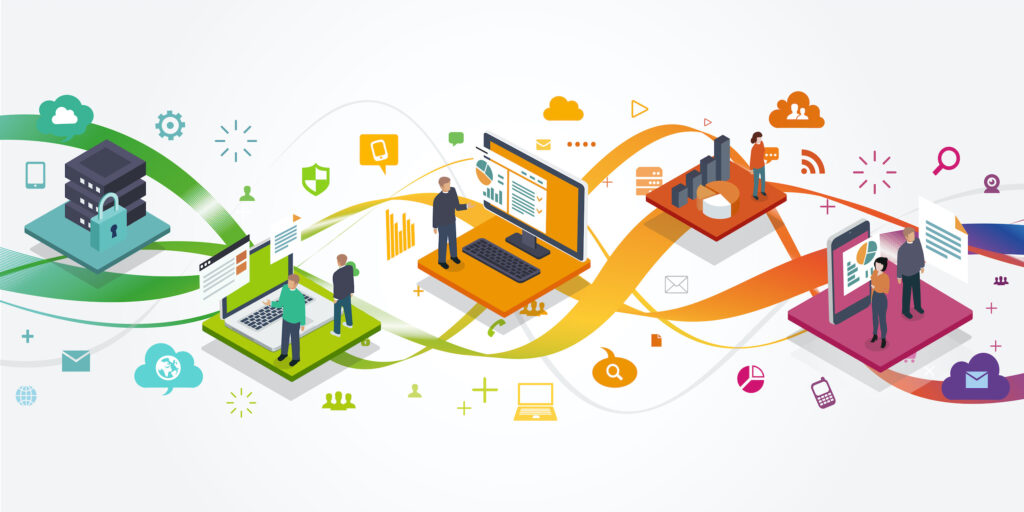
Digital transformation or digitization has become part of the everyday business lexicon across all industries and should be the topmost priority for any business that wants to remain relevant in 2021 and beyond.
According to the World Economic Forum, successful digital transformation will be the difference between success and failure for businesses in this coming era: Companies now face an urgent choice − go digital or go bust!
Technological developments, growing demand from digitally aware consumers, increased competition from digital providers, and enhanced accessibility and connectivity are only a few of the reasons why digital transformation now has to be a no-brainer for business owners across industries.
Recent findings indicate that 45% of companies that have embraced digital transformation reported a positive business impact as a result and also reported higher net revenue growth. Digital-first companies are also 64% more likely to achieve their business goals than their peers.
The outbreak of the coronavirus further accelerated the need for companies to become digitalized and many business owners have responded to the dramatic disruption by embracing digital transformation.
How to Get Started With Sentiment Analysis
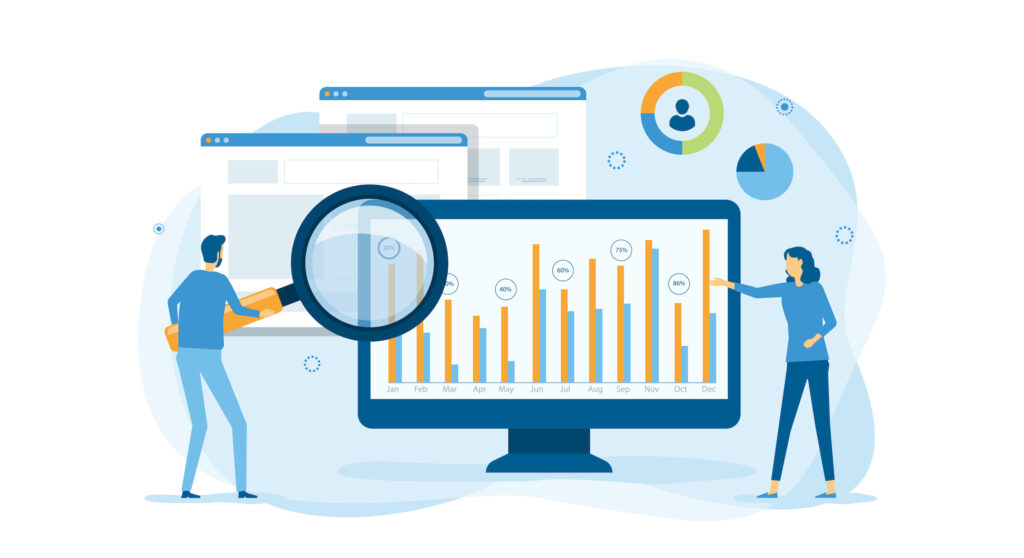
Understanding the customer experience and your brand’s reputation are some of the major benefits to be derived from using big data, making it one of the most valuable resources to tap into for all businesses in the 21st century.
One way to start mining the masses of data available at your fingertips is through sentiment analysis. For example, by analyzing thousands of product reviews, you could discover how customers feel about your pricing plan or customer service levels.
Monitoring brand sentiment on social media in real-time, as well as over time, could lead to the detection of disgruntled customers,enabling you to course-correct and react earlier. Continue reading
Hybrid Technology Teams in a Global Marketplace
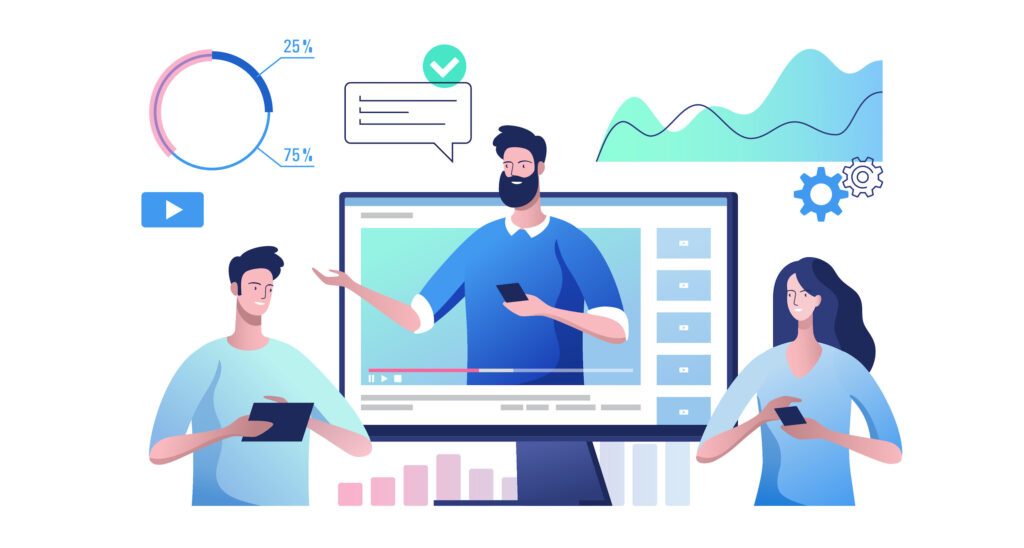
The globalization of the world’s economy, coupled with the ever-increasing competition for global talent and an increase in remote workers has led to one notable shift amongst companies — expanding recruitment efforts beyond the location of their physical headquarters. Companies are turning to global talent for a host of reasons, most notably as a catalyst to expanding into new markets and remaining competitive in recruiting talent.
Even before our “new normal”, flexible work arrangements were already in high demand among the workforce and new applicants. Now in the post-COVID era, many companies are operating, out of necessity, in a remote work environment. While some have returned to the office, many companies, including major multinationals like Mondelez, Morgan Stanley and Google, are embracing a digital model that allows their teams to work from home across the world. For many companies, working remotely is now the new normal, as they don’t plan to return to a physical office or are significantly reducing office space. Continue reading


